Why Good Science is Good Business: A Conversation with Murali Gopal, MD
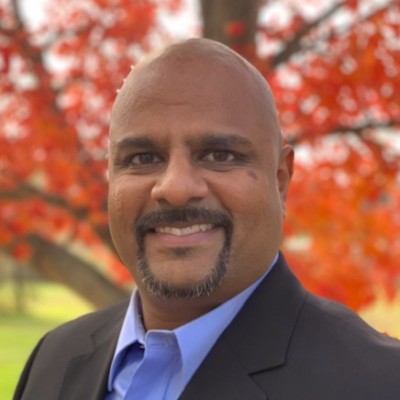
Murali Gopal, MD, Vice President | Global Medical Department at Mallinckrodt
Murali Gopal, MD, remembers being a young clinician in the bygone era of giveaways during conference meetings when he would walk by pharma booths and pick up a water bottle or a tie or whatever they may be giving away. Would he ever wear the tie or use the water bottle? Probably not. But it cost him nothing and so why not? Now Murali compares this might-as-well approach to the biopharmaceutical industry’s traditional (and increasingly outdated) model of brand planning. As Vice President of the Global Medical Department at Mallinckrodt Pharmaceuticals, he is helping his organization evolve into a future that includes the contributions of science and business to attain the goal of innovation. Here the Medical Affairs Professional Society (MAPS) talks with Murali about the strategy he uses to guide this change – Integrated Brand Planning – which he not only credits with bridging the gap between science and business in biopharmaceutical organizations, but sees as a philosophy that has led to his personal development as a leader and decision-maker.
MAPS: Okay, you have to start by telling us how brand planning is like stocking up on conference giveaways.
Murali: Think about what happens when Medical Affairs comes over and says we can generate X, Y and Z data for an asset – if you’re a Commercial person and you’re trying to maximize the opportunity of the molecule, and have no financial downside or obligation…why wouldn’t you take all options? It’s the same mentality as conference swag: If you can get something for nothing, you do it. That may have worked well without today’s challenges. But now companies that still use this model place themselves at a disadvantage.
MAPS: You’re saying this model of saying yes to all possibilities for a new drug leads to inefficiencies?
Murali: Yes, I am saying that, and that it also leads to increased costs and the need for increased resources. At a previous position, we ended up with 7,000 different promotional materials for one molecule in one year. Some were used once and some just sat in warehouses. A handful of them would be the key materials that were used over and over. It was as if we were creating things for the sake of creating things and not focusing on what the external stakeholder may have felt was most compelling or intriguing. Another example can be that perhaps the organization may determine they need some data without fully understanding that it may take five years to conclude a particular study, or may cost, say, $3 million dollars.
MAPS: And how is Integrated Brand Planning different?
Murali: With Integrated Brand Planning, or what some organizations call the General Manager model, the GM becomes responsible for the profit and loss of a molecule. What this means is that everything becomes visible. Commercial, safety, R&D all becomes visible, because they’re all centered around some level of cost. It forces the organization to align on their priorities and to create targeted strategies.
MAPS: It sounds like you’re talking about a more integrated flow of information between science and business during brand planning?
Murali: Traditionally the separation between science and business was intentional. Many scientists felt, and some may still feel, that science and business need to be separated and if Medical Affairs or Commercial has input to science, it takes away some of the scientific credibility. I like business but I’m a scientist at heart – I want to be measured against the science we engage in, and fortunately the GM model allows us to do both so that I can continue to grow my business acumen as well.
MAPS: What do you mean?
Murali: Let’s say our end goal is innovation – we live longer today because innovation helped us learn to deal with illnesses that would have killed us in our 30s and 40s. And look at the effect of the cholesterol medicine race in the cardiovascular space, heart transplants, etc. or the vaccine industry in general. The biopharmaceutical industry has always struggled to articulate the impact of innovation on society. But combining the business impact and scientific development aspects together, we can now measure and even predict how a therapy is going to provide value, as well as, to understand its economic impact so that we can make better decisions.
MAPS: You’re saying business has a role in innovation?
Murali: Certainly. At a previous position, we hired a top scientist in their field to work with a new molecule. He had great relationships, knew the unmet need, knew what the molecule could do, but he didn’t take into account what other companies were doing, or the needs of payor organizations, or the high level of focus on pricing at that time. When we got ready to introduce the molecule, the potential price and utilization scared the payors – they said it was going to break the healthcare system and that we would need to somehow restrict who is eligible for the therapy, and if we couldn’t do that, possibly no one would get it. Our internal leader couldn’t accept these business realities and the drug was by many measures unsuccessfully launched. For me, that was a very poignant experience. The fact is, you need relationships with scientific leaders, but to run a therapeutic area, you need just as much acumen on the landscape and business side to marry with the scientific aspects to be successful.
MAPS: This sounds like a cautionary tale of science overbalancing business, but of course we have cautionary tales in which business overbalances science as well.
Murali: I believe there are companies out there increasing profitability and cost because they can, but there are also companies trying to do the right thing, and it all gets lumped together. Integrated Brand Planning creates checks and balances.
MAPS: Oh, interesting! And how is that?
Murali: It’s about collaboration at the stage of annual planning. Instead of Commercial proposing studies to R&D, or R&D proposing studies to Commercial, with Integrated Brand Planning, it’s a collaborative, open discussion from the start. Scientists don’t need to also be MBAs and Commercial doesn’t need to hold PhDs, but the dialogue helps scientists elevate their business acumen, and Commercial elevate their scientific acumen. You need the perspective of external stakeholders as well. Most companies will put the patient or a disease at the center of what they do, then you have your organization or company’s resources sitting in the next circle around this center, but there’s an external circle as well that includes: advocacy groups for that therapeutic area, politicians, KOLs in academia, clinicians, etc. This brings the awareness and impact of patient journey and access journey into the planning process.
MAPS: It sounds challenging to help organizations transition from the traditional, siloed way of doing things into this new model of collaboration. What do you do to help generate this?
Murali: Three things. First, I’m trying to educate the scientific organization this can work and not to be afraid, but rather to embrace it. Second, I’m trying to explain what good actually looks like by walking through my own process of evolution from previous experiences at other companies – maybe by seeing how it’s worked elsewhere, we can skip some of the painful learnings. Third, I try to lead by example by sitting in wherever I can as a leader for the Medical organization.
MAPS: With collaboration comes complexity…
Murali: These actions have helped me develop not just as a better leader, but as a better individual. Balancing business and science in this collaborative process of brand planning helps me to not look at things as only black and white. It affects how I approach complex challenges. Sometimes in a discussion, you find out how complex something is and it surprises you through all of the aspects that may need to be considered and planned for. That’s fun for me. How we work together to solve complex problems is fundamentally interesting to me. And when you’re constantly looking at all these variables to make decisions, you get better at it, not just with regard to business decisions, but life decisions as well. When there are things that are hard to pick between, you can use the same mentality to make a well-rounded decision. It might sound strange, but after engaging and leading in this process for so many years, I feel like I ruminate on decisions a lot less, and that I am more secure in my decision-making ability. Don’t get me wrong, it takes effort. You can go through the motions and not get anything out of it. But I dug into it. I really wanted to unpack how far we could take commercial and scientific collaboration and I think it’s facilitated my growth as a leader and attaining this level in my career and in my life.

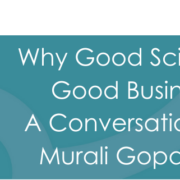
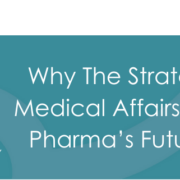
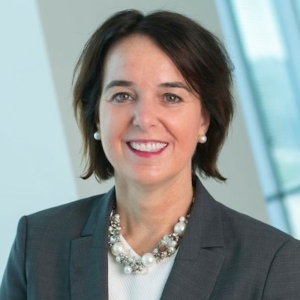
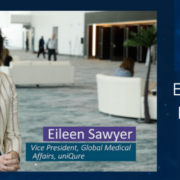
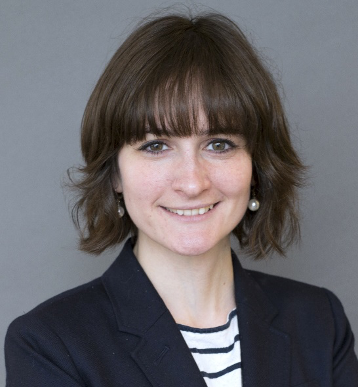
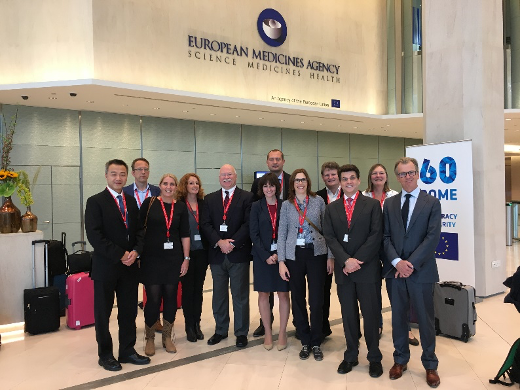
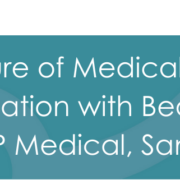

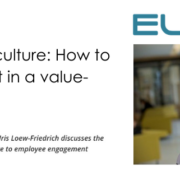
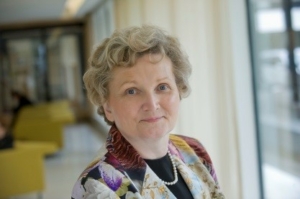
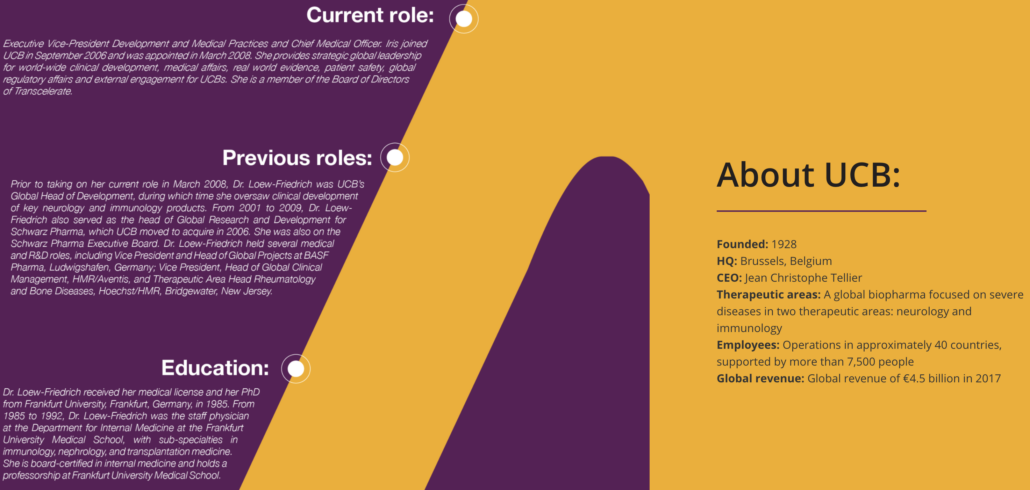
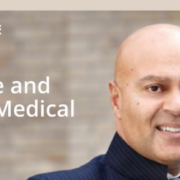



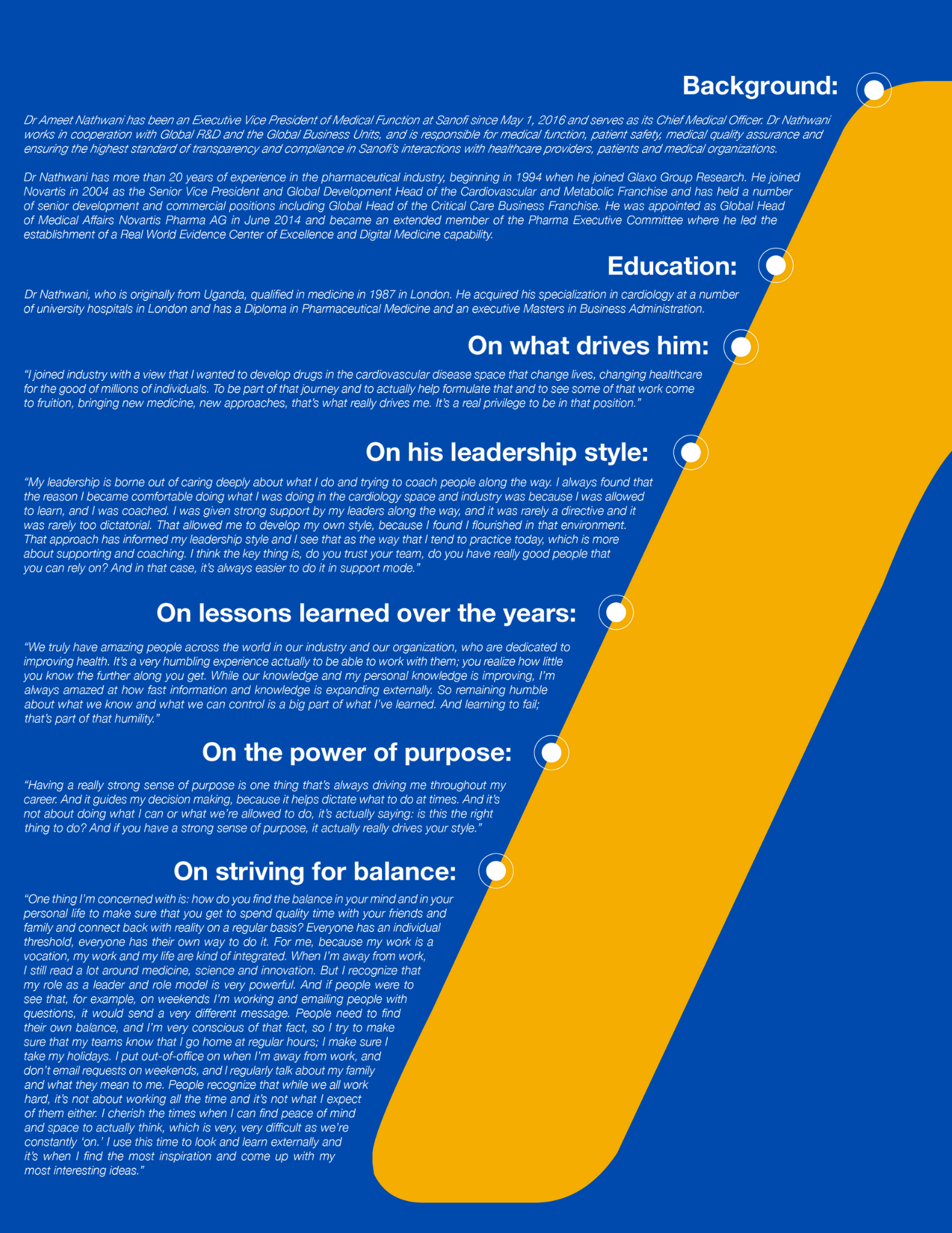
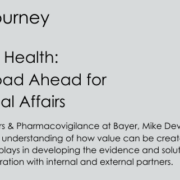
 The amount of data we are currently generating is astronomical. According to one often-quoted article on Forbes.com, some 90 percent of the data in the world was generated over the past two years alone. [1]
The amount of data we are currently generating is astronomical. According to one often-quoted article on Forbes.com, some 90 percent of the data in the world was generated over the past two years alone. [1] “In Medical Affairs, we have a unique role because we have a deep understanding of our products and knowledge of diseases. We should be looking to fit the new knowledge and insights that we can collect from Real-World Evidence (RWE) into delivering even better solutions for patients and the healthcare system. And, because we are in daily contact with healthcare professionals, patient associations and other stakeholders, we should be the ones who play a critical role in transforming that into something that actually meets the needs and provides services and solutions for end-users. By connecting what’s coming out of our R&D, the strategy behind the products from a commercial point of view, we could build this into an overall, integrated patient care vision.”
“In Medical Affairs, we have a unique role because we have a deep understanding of our products and knowledge of diseases. We should be looking to fit the new knowledge and insights that we can collect from Real-World Evidence (RWE) into delivering even better solutions for patients and the healthcare system. And, because we are in daily contact with healthcare professionals, patient associations and other stakeholders, we should be the ones who play a critical role in transforming that into something that actually meets the needs and provides services and solutions for end-users. By connecting what’s coming out of our R&D, the strategy behind the products from a commercial point of view, we could build this into an overall, integrated patient care vision.” Dr Devoy sees scope for applying digital innovation across a range of areas but suggests that R&D, patient outcomes, and safety are the three to focus on initially. There is significant potential for how we conduct clinical trials: for example, using artificial intelligence (AI) within R&D as part of the drug discovery process, and also helping to better characterize and stratify disease and the according patient populations for study.
Dr Devoy sees scope for applying digital innovation across a range of areas but suggests that R&D, patient outcomes, and safety are the three to focus on initially. There is significant potential for how we conduct clinical trials: for example, using artificial intelligence (AI) within R&D as part of the drug discovery process, and also helping to better characterize and stratify disease and the according patient populations for study. “We read every day about how digital is transforming everything we do – be that personal finance, or interactions with retail – so I think the expectation from society is that healthcare will also transform in that way. But, clearly, healthcare has quite rightly some additional challenges relating to the sensitivity of people’s health data and taking the right care of that. So, we need to work with regulators, governments, patients and physicians to make sure that these solutions are accessible, trusted, compliant and fitted to people’s expectations.
“We read every day about how digital is transforming everything we do – be that personal finance, or interactions with retail – so I think the expectation from society is that healthcare will also transform in that way. But, clearly, healthcare has quite rightly some additional challenges relating to the sensitivity of people’s health data and taking the right care of that. So, we need to work with regulators, governments, patients and physicians to make sure that these solutions are accessible, trusted, compliant and fitted to people’s expectations. “One thing I believe we’ve done very successfully is build up an approach for actively seeking external collaboration. ”Among the initiatives is a global program called Grants4Apps, established in 2013, where Bayer reaches out to companies that are in the early stages of developing in the digital health and care space. Bayer acts as incubator and offers mentoring support and access to Bayer expertise and knowledge to help them develop their business models and solutions. Meanwhile, the Grants4Apps Dealmaker program is a unique opportunity to acquire Bayer as a customer and is tailored for mature teams, startups and companies that have a solution ready to go for identified challenges.
“One thing I believe we’ve done very successfully is build up an approach for actively seeking external collaboration. ”Among the initiatives is a global program called Grants4Apps, established in 2013, where Bayer reaches out to companies that are in the early stages of developing in the digital health and care space. Bayer acts as incubator and offers mentoring support and access to Bayer expertise and knowledge to help them develop their business models and solutions. Meanwhile, the Grants4Apps Dealmaker program is a unique opportunity to acquire Bayer as a customer and is tailored for mature teams, startups and companies that have a solution ready to go for identified challenges.
